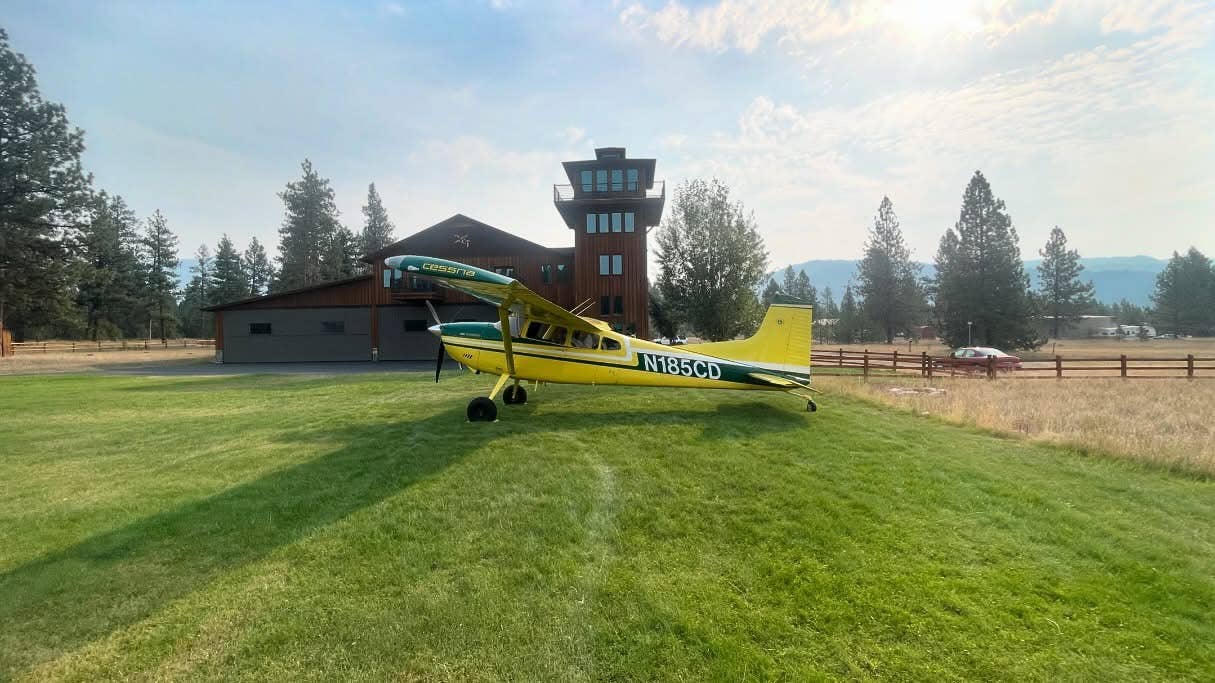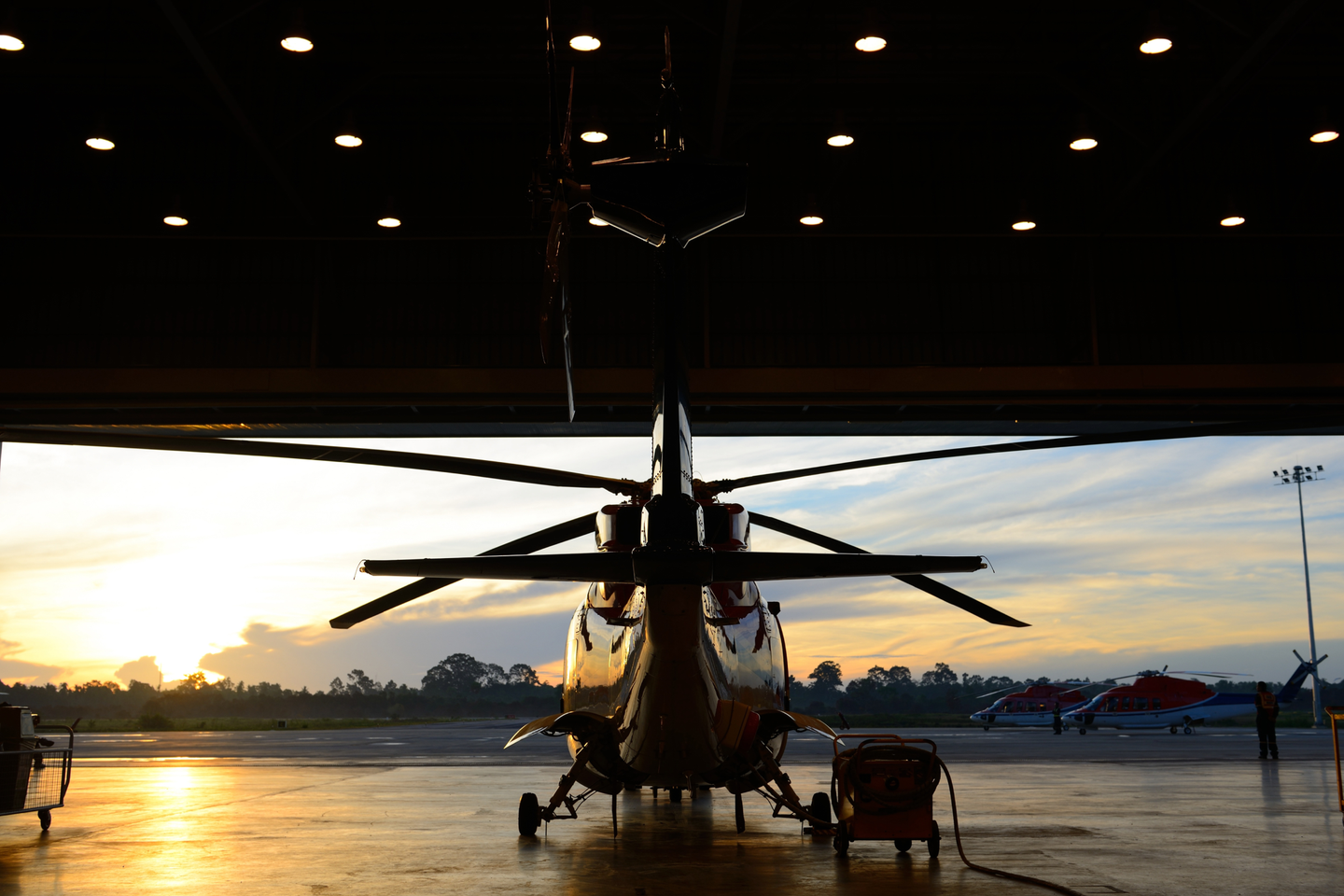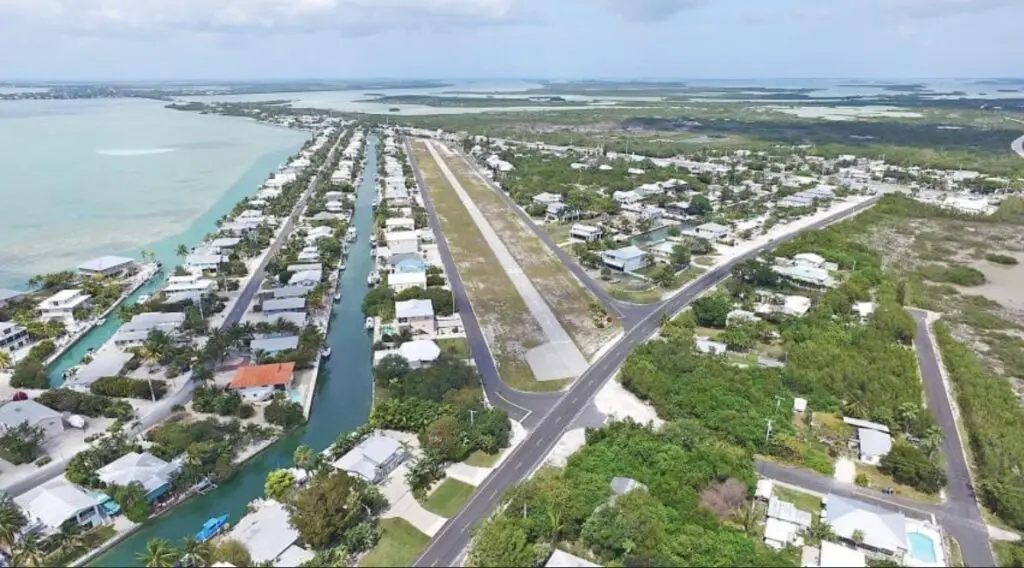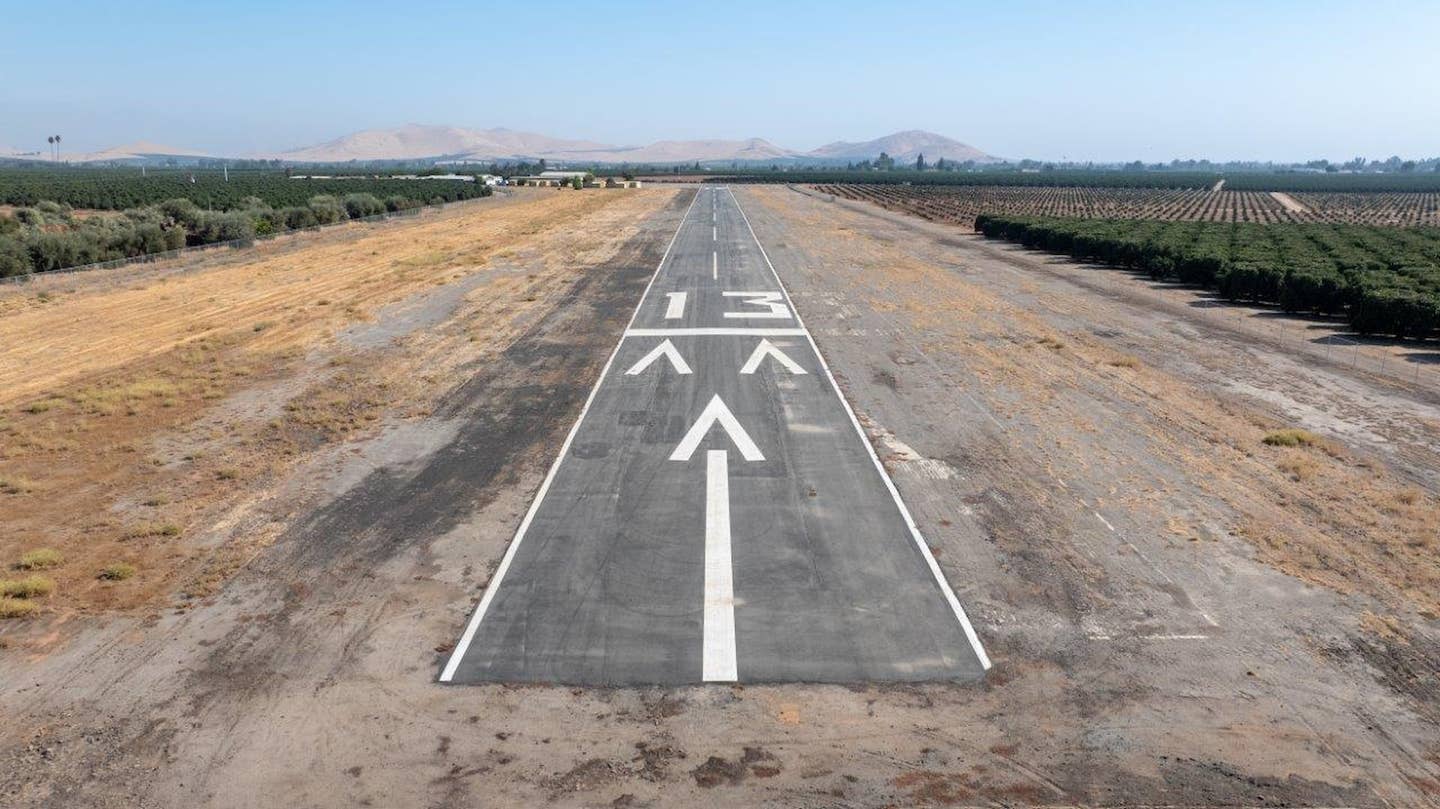This Gliderport’s Numbers Are Soaring
Location and a passionate batch of enthusiasts keep this Florida spot hopping all year round.
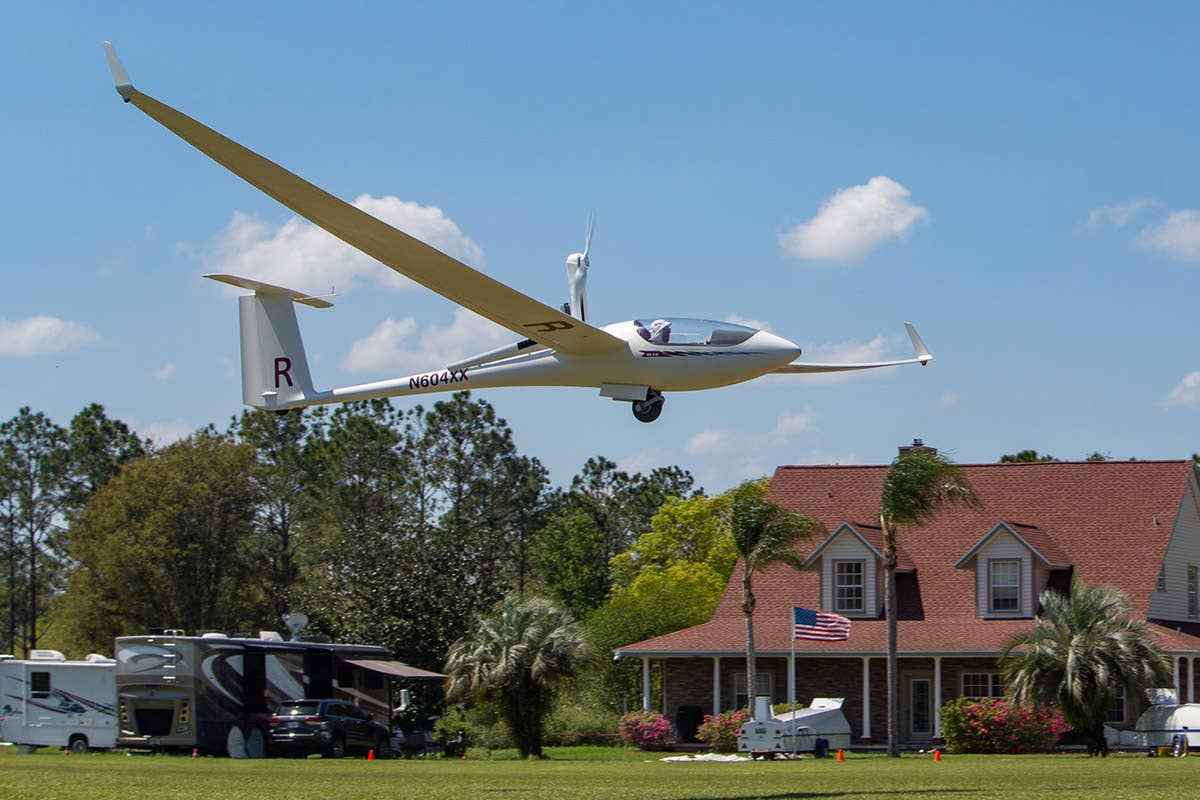
A glider flight ending at Seminole-Lake Gliderport. [Courtesy: Seminole-Lake Glideport]
Glider flying, or as it’s more commonly known, soaring, is a popular way to enjoy the thrills of flying, often at a fraction the cost of other methods. Additionally, glider pilots aren’t required to hold an FAA medical certificate and many of the skills learned while soaring directly translate to other types of flying.
There are dozens of gliderports across the United States, all of which are integral in supporting these passionate aviators’ unpowered aerial interests. Seminole-Lake Gliderport in Clermont, Florida is one of the busiest gliderports in the country.
Just 20 minutes west of Disney World, Seminole-Lake, since its founding has been the origin for approximately 300,000 tows, more than 2,000 glider ratings, and about 50,000 glider rides. The growing numbers can largely be attributed to two factors; great weather and a passionate community of both seasoned and novice soaring enthusiasts.
“[At Seminole-Lake Gliderport] we are flying year-round,” said Mihaela Luculescu, the office manager at Seminole-Lake. “This makes us appealing to the soaring crowd, as we are not restricted by seasons, like many other commercial operators and clubs in the U.S. We are open 7 days a week, weather permitting. There can be anywhere between 100 tows, on a slow week, to 300 or more tows on a good week, if the weather works too.”
“Most of gliderports in the United States are run as a club, so one needs to become a member of the club to be able to fly with them. Training is generally much cheaper in a club setting than with a commercial operation; however, it takes much longer. That’s the primary reason most pilots prefer to train and get their glider rating at commercial gliderports and then return to their local club to fly the club’s gliders.”
Luculescu explained the differences between gliderports that are home to commercial operations, which Seminole-Lake is, versus those with a club.
Gliding Into a Comfort Zone
Luculescu first visited Seminole-Lake Gliderport in 2014 and has been managing the business’ operations since 2017. The year after she took over at Seminole-Lake, Mihaela received her private pilot glider certificate. But, like many other aviators, she doesn’t find as much time to dedicate to flying as she’d like.
“Although I don't fly as much as I [had initially] wished to, going through the training helped me understand in depth all aspects of this business, from overseeing the company’s flight safety to how the cash flows within it and the performance of our students.”
In addition to nurturing an interest in soaring, a personal connection to the airfield also helped Luculescu transition into her role.
“Through my family [I first became involved with the gliderport], as the current owner of Seminole-Lake is Romanian and has worked with my father in the Air Force. We are aviation enthusiasts and enjoy supporting the sport of soaring both in the U.S. and Romania.”
The Move That Changed Everything
In 2008, the property was purchased by Mihai Tanjala, a serial entrepreneur with business interests in several countries. Prior to the Tanjala’s caretaking of Seminole-Lake, the airfield was owned and operated by Knut and Ingrid Kjenslie.
In 1981, the Kjenslies moved across the country from Denver, Colorado, after purchasing the Flying Seminole Ranch in Oviedo, Florida. But six years later, there became an imminent need for the gliderport to be moved.
“In 1987, it became clear that the airspace surrounding Orlando International Airport would become a TCA (terminal control area), requiring all aircraft to have transponders. This airspace would encompass Flying Seminole Ranch and would make it impossible for soaring at this site.
“A decision was made that Knut and Ingrid wanted to continue the soaring business, so they embarked on trying to find land outside the 30 nautical mile radius of Orlando International,” Luculescu said. “It took almost two years of looking for land that could be attainable, the right size, and a price that would be feasible. They found the ‘For Sale’ sign in pouring rain on Thanksgiving Day 1987. It was pastureland used for cattle and other farm/ranch use.”
Along with finding the site that the Kjenslies deemed suitable for soaring operations, they dropped the fixed-wing flight training they had previously provided and began only offering glider-related services. In addition to growing a strong Argentine Bahia grass for the runway, the gliderport was renamed as Seminole-Lake. This title incorporates both the business’ previous roots in Seminole County, as well as its new location in Lake County.
The stability provided by the gliderport’s new location has been crucial to the business’s growth. Mihaela additionally notes that the airfield has long hosted one of the nation’s flagship glider flying competitions.
“Every March Seminole-Lake Gliderport hosts the largest single class cross country contest in the U.S., where 60 pilots compete in a week-long race,” Luculescu said. “We just ended our 32nd Senior Soaring Championship.
“If you happen to be in Central Florida in March you're welcome to come and see what these guys do, which is pretty impressive. You'll get to see the best pilots in the U.S. competing in the best ships available on the market.”
The invitation for the general public to watch glider operations isn’t limited to this or other events held at Seminole-Lake. The gliderport is accommodating to both novice and experienced glider pilots, as well as those with no aviation experience.
“Besides the usual crowd of pilots that come to add their glider rating, at Seminole-Lake we offer initial glider training for people that don't hold yet a pilots' license, as well as rides for locals or visitors in Central Florida,” Luculescu said.
If You Want to Glide
There are three types of rides available, all of which are either in a Grob 103 or Super Blanik L-23:
- Intro to Soaring: Tow to 3,000 ft; lasts approximately 15 to 20 minutes
- Scenic Adventure Ride: Tow to 4,000 ft; lasts approximately 25 to 35 minutes
- Mile-High Ride: Tow to 5,000 ft; lasts approximately 30 to 50 minutes
Luculescu mentions that there are three ways to launch a glider:
- aerotow
- self-launch
- ground-tow (auto or winch)
At Seminole-Lake, all of their gliders are launched via the aerotow method.
The operation’s three towplanes are Piper Pawnee PA-25s, one having a 270 hp engine and the two others having 235 hp. Both the towplanes and the gliders are flown by experienced pilots and instructors, who collectively hold many decades of experience and tens of thousands of hours of flight time.
For those wanting to fly an aircraft to Seminole-Lake, there are posted “Field Rules” and general information to follow once advance permission is received. The sole north/south turf runway has displaced thresholds at both ends and. Including these thresholds—600 ft and 300 ft respectively—the runway is 3,000 ft long by 200 ft wide. Field elevation is 120 ft and the unicom frequency is 123.3.

Sign-up for newsletters & special offers!
Get the latest FLYING stories & special offers delivered directly to your inbox



